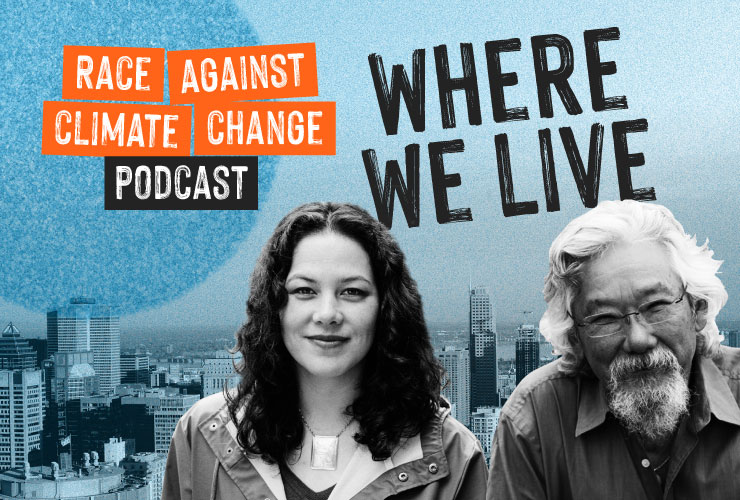Fires, deforestation and global heating turn 10 UNESCO forests into carbon sources

This story was originally published by The Guardian and appears here as part of the Climate Desk collaboration.
Forests in at least 10 UNESCO world heritage sites have become net sources of carbon since the turn of the millennium due to wildfires, deforestation, and global heating, says a new report.
Protected areas such as Yosemite National Park in the U.S., the Greater Blue Mountains area in Australia, and the tropical rainforests of Sumatra in Indonesia are among the sites that have emitted more carbon than they absorbed since 2001 as a result of human activities, according to research by the World Resources Institute, the International Union for Conservation of Nature (IUCN), and UNESCO.
The analysis found more sites were expected to switch from sinks to sources of carbon in the coming decades.
UNESCO sites still represent an enormous carbon bank — comprising a forested area twice the size of Germany and storing the carbon equivalent of Kuwait’s recoverable oil reserves. But researchers said they were surprised and disturbed by the findings in the first scientific assessment of greenhouse gases the sites emitted and absorbed.
Tales Carvalho Resende, a UNESCO project officer and report co-author said: “What is happening at a world heritage site level is only the tip of the iceberg. Even in what are supposed to be the best and most-protected areas, they are currently under pressure from climate change.”
From Dominica to Malaysia, extreme temperatures, land-clearing for agriculture, and wildfires have driven the increase in emissions at the 10 UNESCO sites, which include Río Plátano Biosphere Reserve in Honduras, Waterton-Glacier International Peace Park in Canada, and Uvs Nuur Basin in Russia and Mongolia.
Analysis of changes in carbon stores in forests on another 247 sites found 166 were net sinks, with the remaining 81 nearly neutral.
Overall, the sites absorbed and stored 190 million tonnes of CO2 from the atmosphere each year, equivalent to roughly half of the U.K.’s annual emissions from fossil fuels.
But the analysis found human pressures on landscapes and the climate crisis were likely to continue to degrade sites, breaking up habitats, making them less resilient and biodiverse.
“One of the things that really got our attention was the impact of wildfires. Some sites flipped into sources because of one or two wildfires that were so intense they represented the annual emissions of many countries in the world,” Carvalho Resende said.
“It’s a vicious cycle. With global warming, you have more fires. With more fires, there’s more CO2. More CO2 means temperatures continue to increase.”
The report authors said governments should focus on protecting nature to combat the biodiversity and climate crises — echoing a recent call by leading scientists — and also highlighted the importance of protecting Indigenous rights to conserving forest ecosystems.
At COP26 in Glasgow, world leaders are expected to announce a commitment to halt and reverse deforestation.
Elena Osipova, senior monitoring officer with the IUCN’s World Heritage Program, said: “It’s a disturbing message, and it’s really wrong that we have disturbed some sites to the point they become carbon sources.
“We really should strengthen the protection of these sites and highlight their importance for climate mitigation and adaptation, so it doesn’t happen at other sites in the future.”






Comments